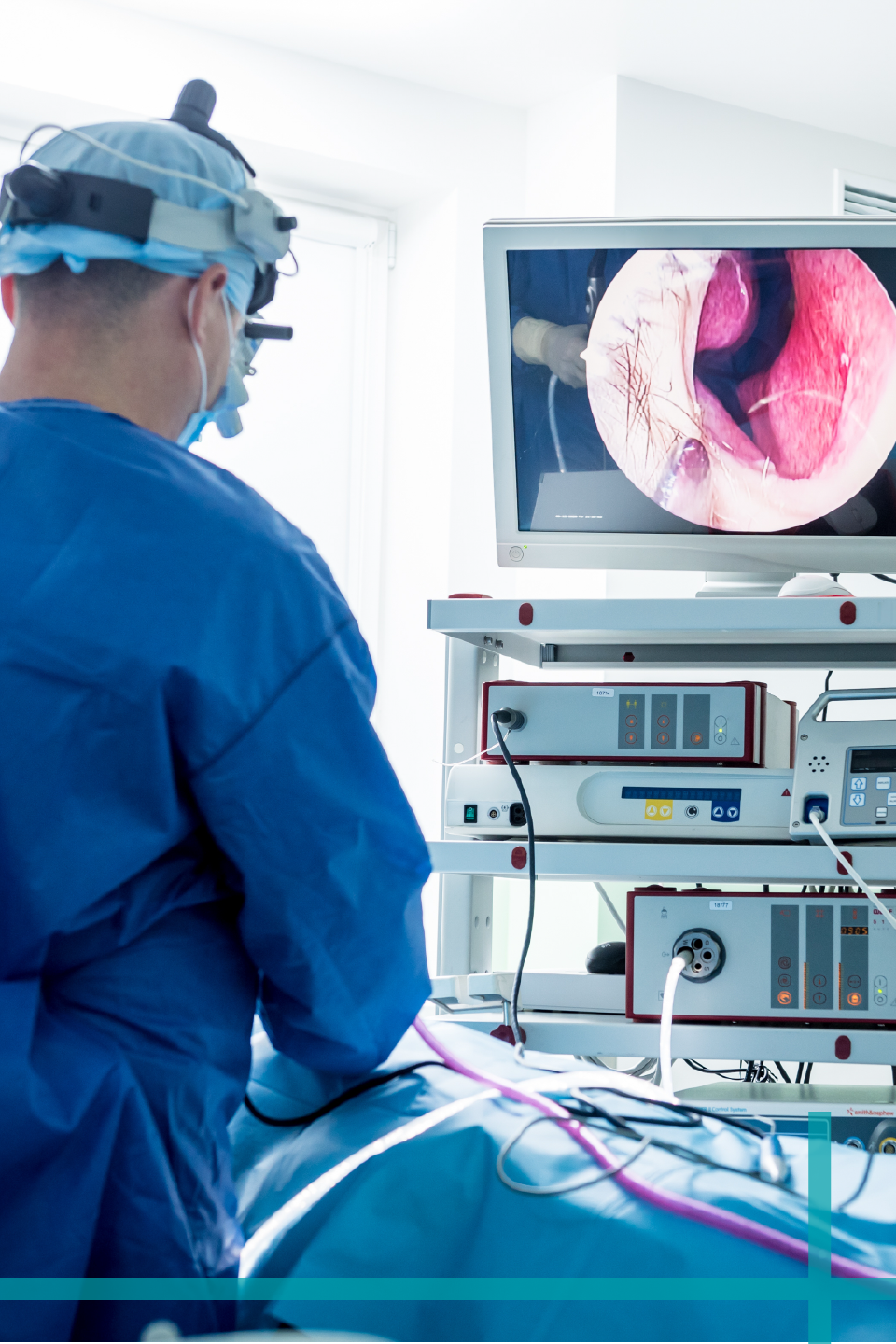- Home
- About
- Services
- Audiology & Hearing Evaluation
- Coblation Surgery
- Cochlear Implant
- Head & Neck Tumor
- Laser Surgeries In ENT
- Micro Ear Surgery
- Mucormycosis
- Navigation-Assisted ENT Surgery
- Obstructive Sleep Apnea
- Rhinoplasty
- SHAMS Clinic
- Skull Base Surgery
- Thyroid Surgery
- Tinnitus
- Tonsil Adenoids
- Vertigo Treatment
- Voice Clinic
- Gallery
- Video Gallery
- Press
- Contact Us
- Home
- About
- Services
- Audiology & Hearing Evaluation
- Coblation Surgery
- Cochlear Implant
- Head & Neck Tumor
- Laser Surgeries In ENT
- Micro Ear Surgery
- Mucormycosis
- Navigation-Assisted ENT Surgery
- Obstructive Sleep Apnea
- Rhinoplasty
- SHAMS Clinic
- Skull Base Surgery
- Thyroid Surgery
- Tinnitus
- Tonsil Adenoids
- Vertigo Treatment
- Voice Clinic
- Gallery
- Video Gallery
- Press
- Contact Us
- Home
- About
- Services
- Audiology & Hearing Evaluation
- Coblation Surgery
- Cochlear Implant
- Head & Neck Tumor
- Laser Surgeries In ENT
- Micro Ear Surgery
- Mucormycosis
- Navigation-Assisted ENT Surgery
- Obstructive Sleep Apnea
- Rhinoplasty
- SHAMS Clinic
- Skull Base Surgery
- Thyroid Surgery
- Tinnitus
- Tonsil Adenoids
- Vertigo Treatment
- Voice Clinic
- Gallery
- Video Gallery
- Press
- Contact Us
ENT Surgery
Introduction
Navigation-assisted surgery also called Computer-Aided Surgery, represents a surgical concept and set of methods, that use computer technology for surgical planning, and for guiding during surgical interventions. It delivers meaningful innovation. With reliable accuracy, you can see the instrument-tip location on the screen — which may allow for more thorough dissection and reduced complication risk during surgery.
Why Image-Guided Surgery Is Needed?
Disease, previous surgery, and normal anatomical variations can make it a challenge to perform the safest and most effective endoscopic sinus surgery, even with a detailed knowledge of anatomy and surgical skills. Avoiding orbital injuries, entry into the brain, and the carotid artery are paramount.
Navigation Systems provide real-time positioning information that can help you navigate in and around the sinuses and away from critical structures during the removal of diseased tissue.

Image-guided surgery has become an industry standard for many endoscopic sinus surgeries. The American Academy of Otolaryngology – Head and Neck Surgery (AAO-HNS) endorses the use of image-guided surgery for procedures including:
- Revision sinus surgery
- Distorted sinus anatomy of development, postoperative, or traumatic origin
- Extensive Sino-nasal polyposis
- Pathology involving the frontal, posterior ethmoid and sphenoid sinuses
- Disease abutting the skull base, orbit, optic nerve, or carotid artery
- CSF rhinorrhea or conditions where there is a skull base defect
- Benign and malignant Sino-nasal neoplasms
Whether you’re performing functional endoscopic sinus surgery (FESS) or complex skull base procedures, navigation systems provide valuable information that can help enable more thorough procedures and navigate around critical structures.
Advantages Of Image-Guided Surgery:
- Procedures are less invasive than the open surgical approaches that were once standard
- Precision is greater, resulting in lower risk to the patient
- Allows for more complete surgical dissections
- Patient discomfort is minimal with potential for reduced recovery time.

